Hairy Vetch Cover Crop Info: Hairy Vetch Planting Benefits In The Garden
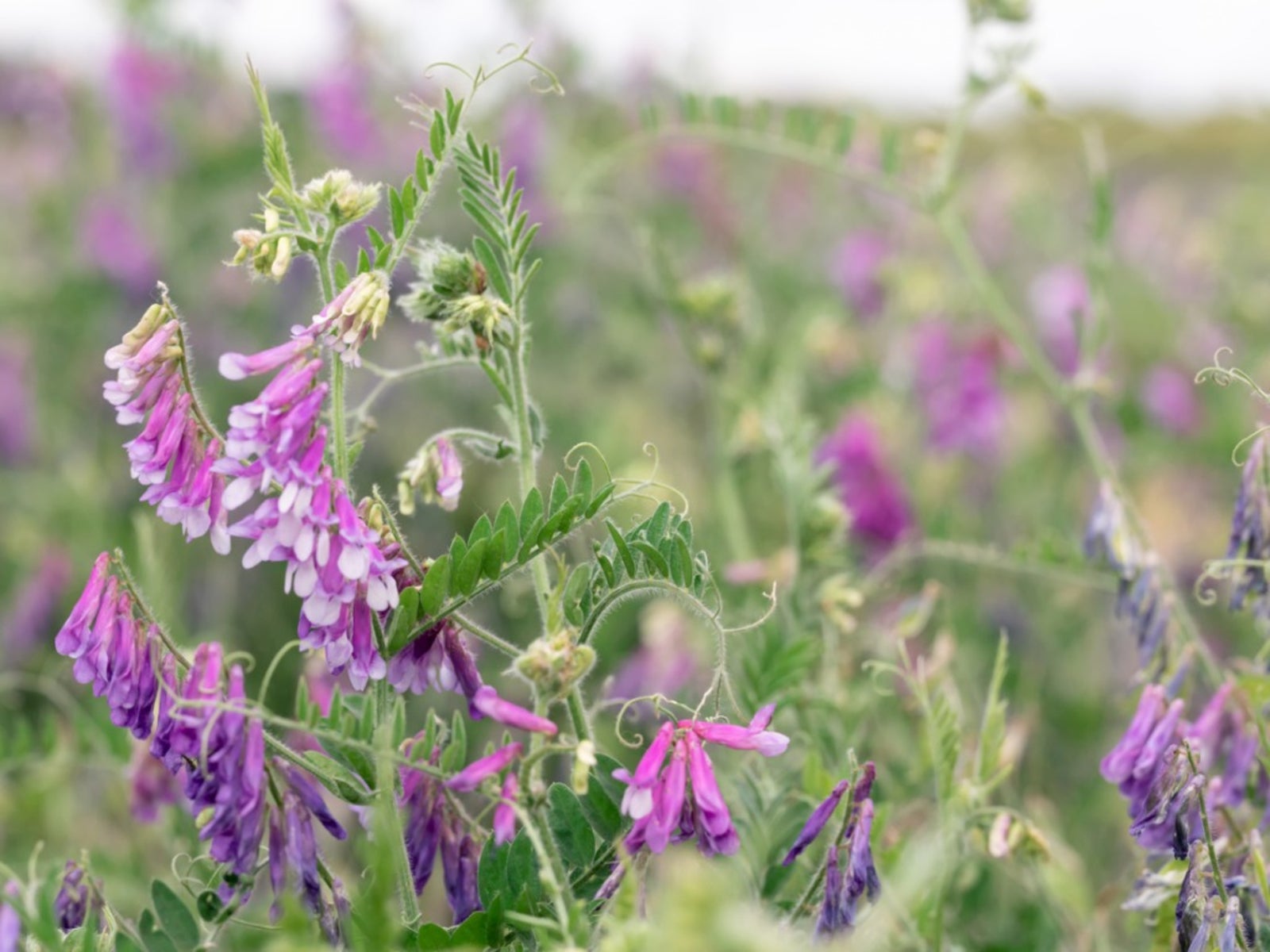

Growing hairy vetch in gardens provides a number of benefits to home gardeners; vetch and other cover crops prevent runoff and erosion and add organic matter and important nutrients to the soil. Cover crops such as hairy vetch also attract beneficial insects to the garden.
What is Hairy Vetch?
A type of legume, hairy vetch (Vicia villosa) is a cold-hardy plant belonging to the same plant family as beans and peas. The plant is sometimes planted in spring, especially in agricultural applications. In the garden, hairy vetch cover crops are usually grown through the winter and plowed into the soil before spring planting.
Hairy Vetch Benefits
Hairy vetch absorbs nitrogen from the air as it grows. Nitrogen, a critical nutrient required for plant growth, is often depleted by repeated cultivation, poor soil management and use of synthetic fertilizers and herbicides. When a hairy vetch cover crop is plowed into the soil, significant amounts of nitrogen are restored. Additionally, the plant's roots anchor the soil, reducing runoff and preventing soil erosion. An added benefit is the plant's ability to suppress early growth of weeds. When the plant is plowed into the ground in spring, it improves soil structure, promotes drainage and increases the soil's ability to retain nutrients and moisture. For this reason, hairy vetch and other cover crops are often known as “green manure.”
Hairy Vetch Planting
Growing hairy vetch in gardens is easy enough. Plant hairy vetch in late summer or autumn at least 30 days before the first average frost date in your area. It's important to provide time for the roots to establish before the ground freezes in winter. To plant hairy vetch, plow the soil as you would for any regular crop. Broadcast the seed over the soil at the rate recommended on the seed package - usually 1 to 2 pounds of seed for every 1,000 square feet of garden space. Cover the seeds with about ½ inch of soil, then water well. The plant will grow vigorously throughout the winter. Mow the hairy vetch before the plant flowers in spring. Although the purple blooms are beautiful, the plant may become weedy if it is allowed to go to seed.
Gardening tips, videos, info and more delivered right to your inbox!
Sign up for the Gardening Know How newsletter today and receive a free copy of our e-book "How to Grow Delicious Tomatoes".

A Credentialed Garden Writer, Mary H. Dyer was with Gardening Know How in the very beginning, publishing articles as early as 2007.
-
 Looking For Plants To Give You The Soft And Fuzzies? Try These 5 Fuzzy Leaf Plant Options
Looking For Plants To Give You The Soft And Fuzzies? Try These 5 Fuzzy Leaf Plant OptionsLovers of texture, drama, silver foliage and tactile plants will adore these special sensory garden additions. These fuzzy leaf plant options will leave you all aglow
By Susan Albert
-
 Get Ready For A Summer Of Hummers! Grow These Full Sun Hummingbird Plants and Flowers
Get Ready For A Summer Of Hummers! Grow These Full Sun Hummingbird Plants and FlowersIf you’re lucky enough to enjoy a sunny backyard, make sure you are maxing out on your pollinator opportunities and grow these full sun hummingbird plants and flowers
By Tonya Barnett
-
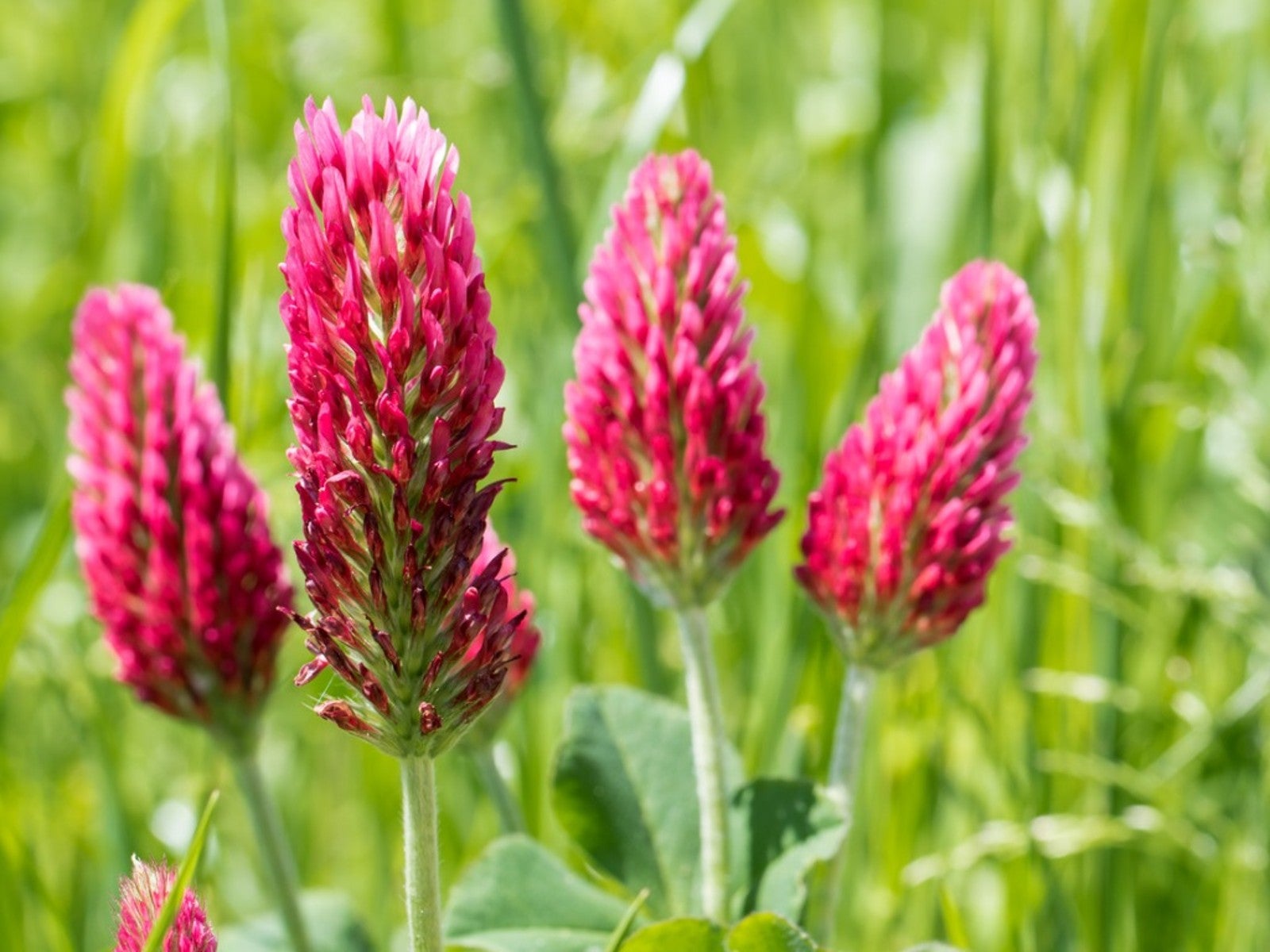 Best Late Summer And Early Fall Cover Crops
Best Late Summer And Early Fall Cover CropsPlanting cover crops is a gift you can give to your garden’s soil. Read on to learn about planting cover crops in late summer.
By Bonnie L. Grant
-
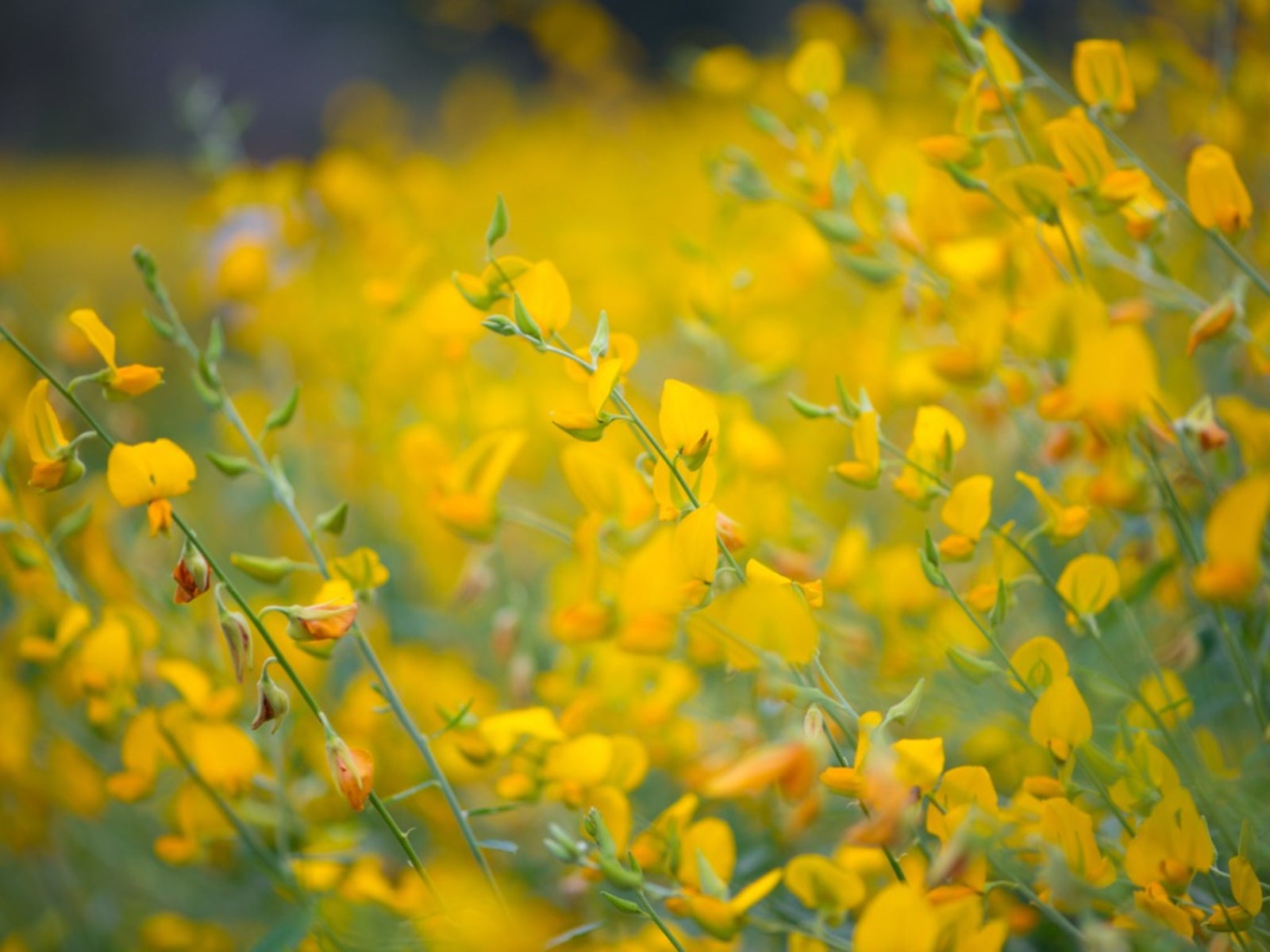 Sunn Hemp Plant Info – Learn Sunn Hemp Uses And Care
Sunn Hemp Plant Info – Learn Sunn Hemp Uses And CareSunn hemp grass is a warm weather grass. Click to learn more about Sunn hemp uses as well as helpful tips on growing Sunn hemp as a cover crop.
By Mary H. Dyer
-
 Native Cover Crops: Vegetable Cover Cropping With Native Plants
Native Cover Crops: Vegetable Cover Cropping With Native PlantsAre there any benefits to using native plants as cover crops? Click here to learn more about vegetable cover cropping with native plants.
By Laura Miller
-
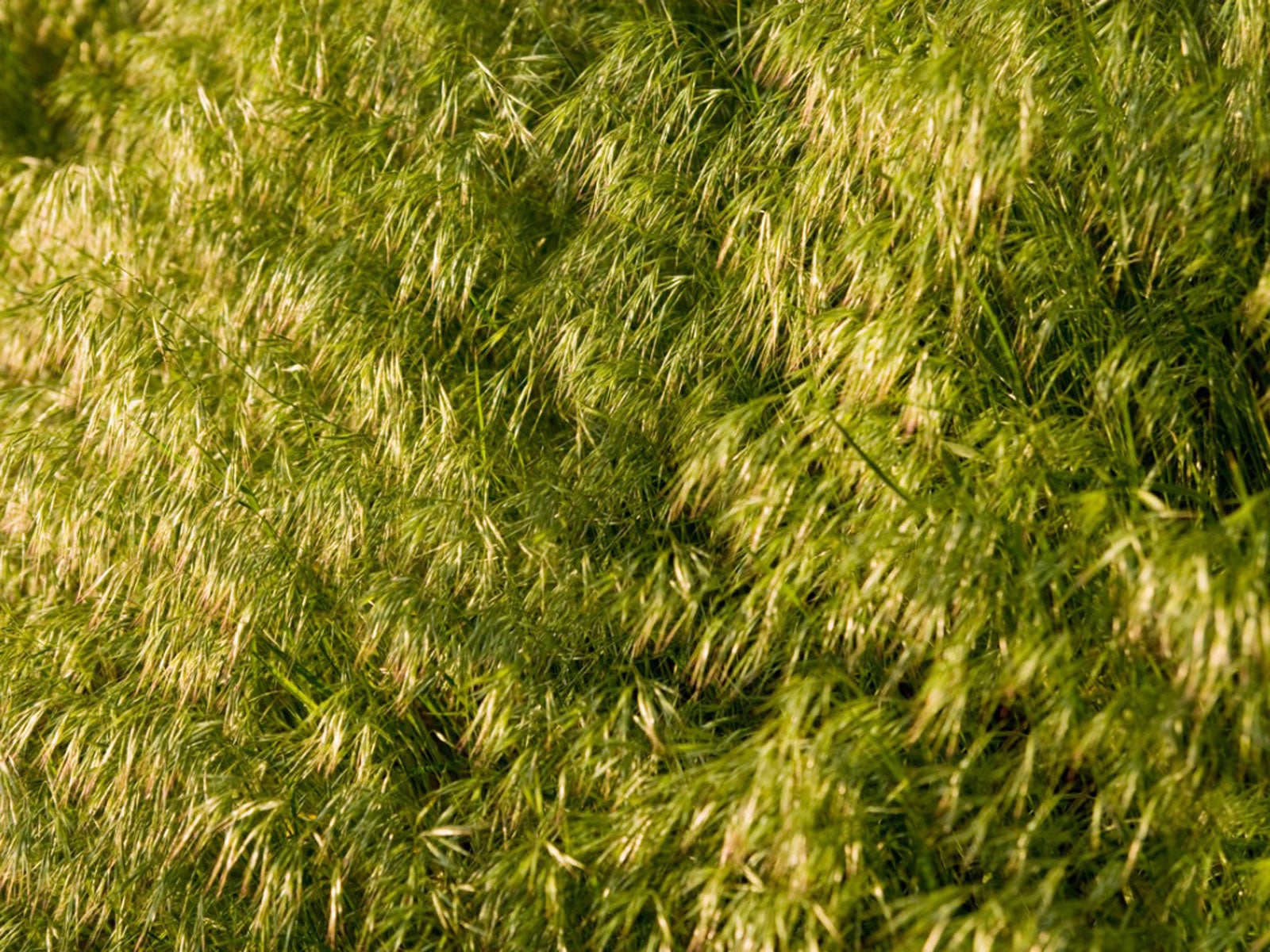 What Is Field Brome – Information About Field Brome Grass
What Is Field Brome – Information About Field Brome GrassField brome grass can be used as a cover crop to control erosion and enrich the soil. For more information, click the following article.
By Laura Miller
-
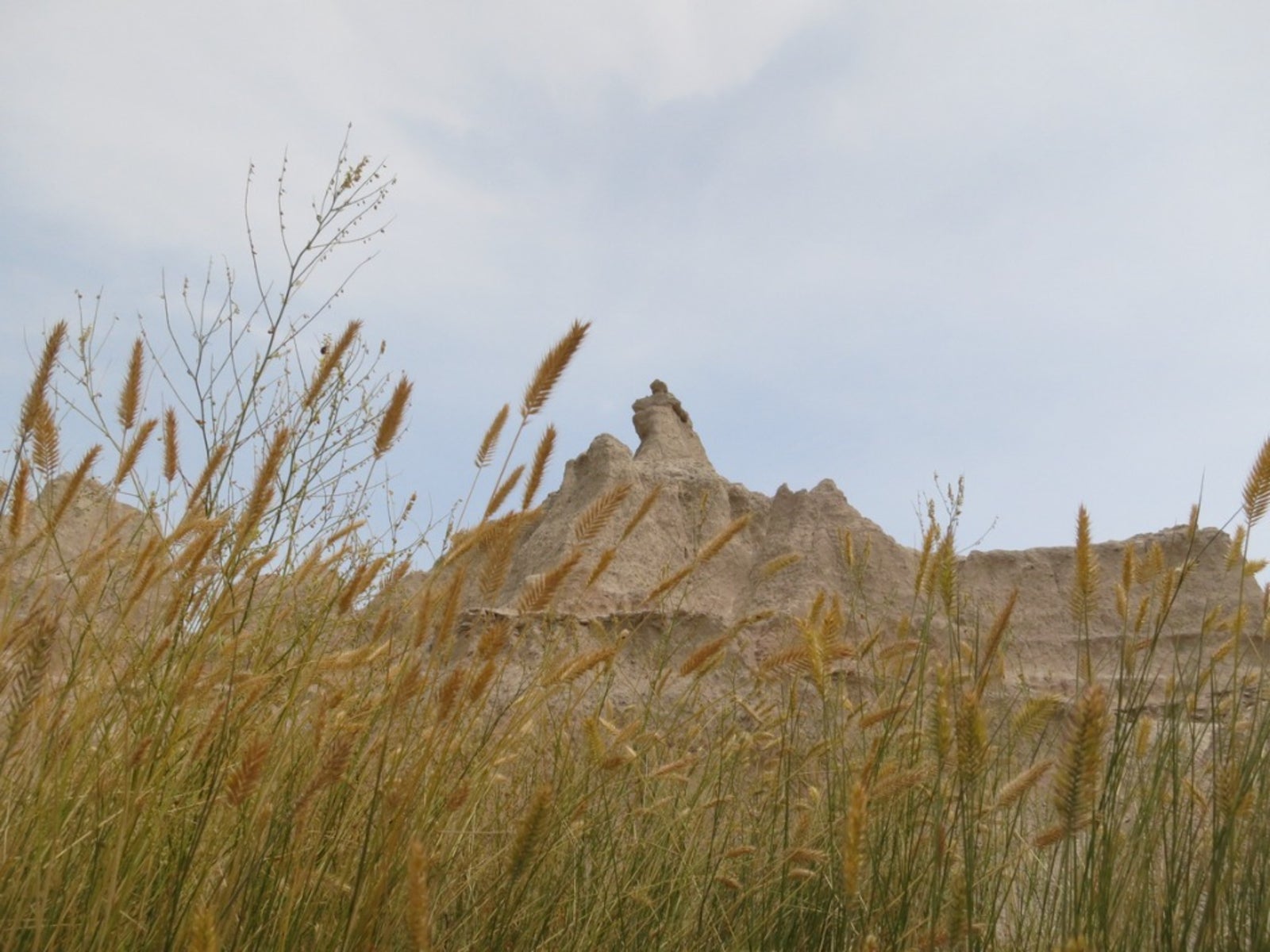 What Is Western Wheatgrass – How To Grow Western Wheatgrass
What Is Western Wheatgrass – How To Grow Western WheatgrassWheatgrass is native to North America and graces the Southwest, Great Plains and mountainous regions of the western U.S. It has some erosion control benefits but using western wheatgrass for grazing is the primary purpose. Learn more about it here.
By Bonnie L. Grant
-
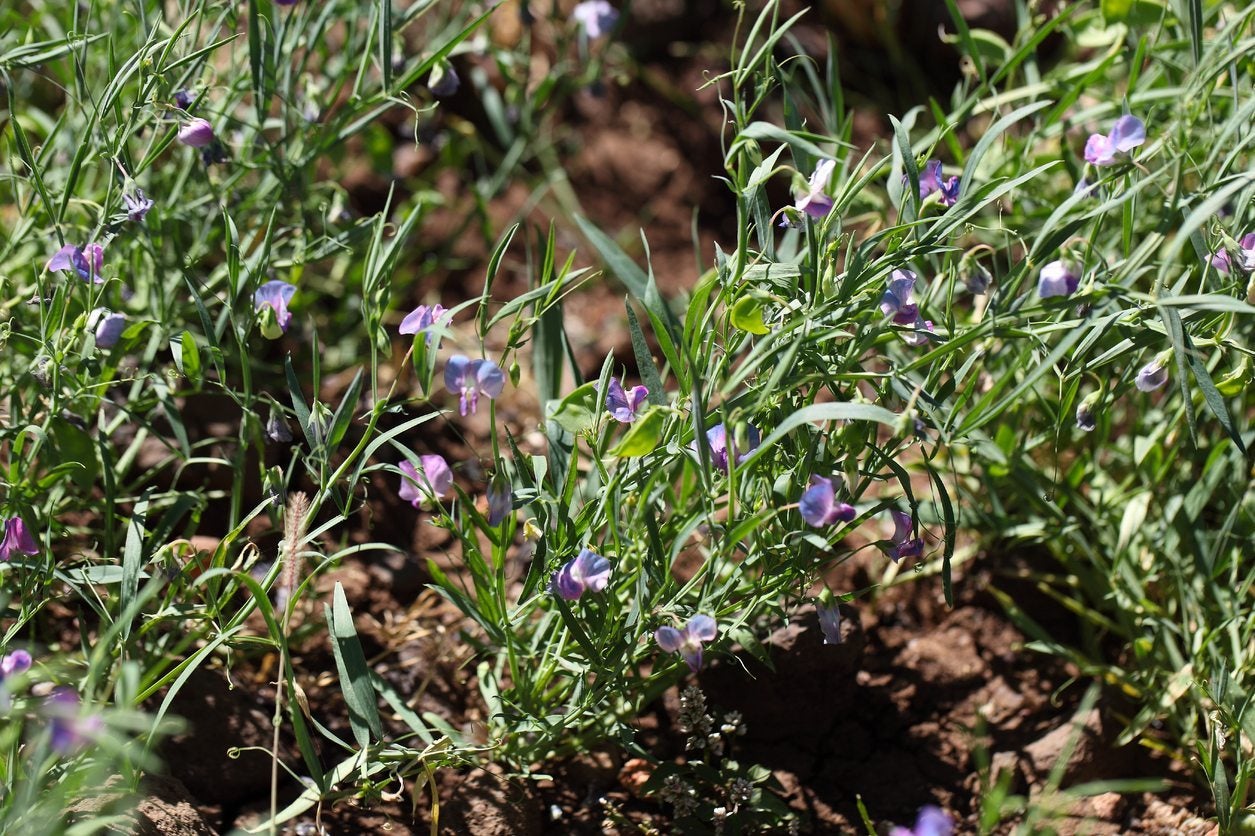 What Is Chickling Vetch – Growing Chickling Vetch For Nitrogen Fixing
What Is Chickling Vetch – Growing Chickling Vetch For Nitrogen FixingWhat is chickling vetch? Also known by various names such as grass pea, white vetch, blue sweet pea, Indian vetch, or Indian pea, chickling vetch is a nutritious legume grown to feed livestock and humans in countries around the world. Learn more about the plant here.
By Mary H. Dyer
-
Establishing Kura Clover: Learn How To Grow Kura Clover Plants
You no doubt have heard about the four-leaf clover, but few gardeners are familiar with kura clover plants. Kura is a forage legume and if you are interested in growing kura as a groundcover or establishing kura clover for some other use, this article will help.
By Teo Spengler
-
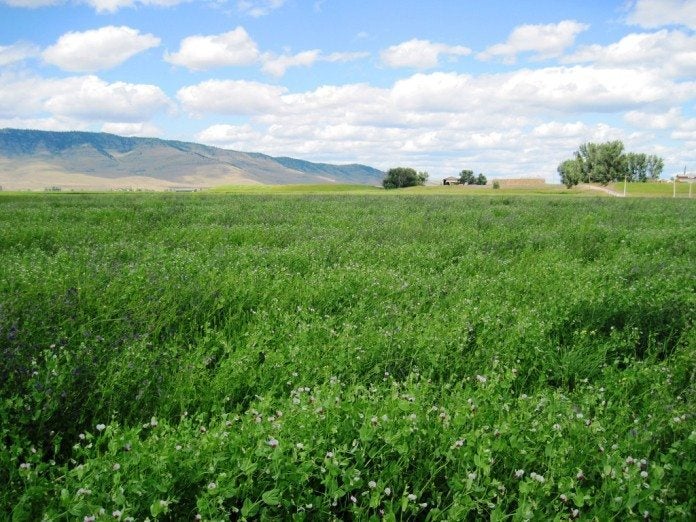 What Are Austrian Winter Peas: A Guide To Growing Austrian Winter Peas
What Are Austrian Winter Peas: A Guide To Growing Austrian Winter PeasWhat are Austrian winter peas? Also known as field peas, Austrian winter peas have been grown around the world for centuries, primarily as a valuable source of nutrition for humans and livestock. Click this article for info on growing Austrian winter peas.
By Mary H. Dyer